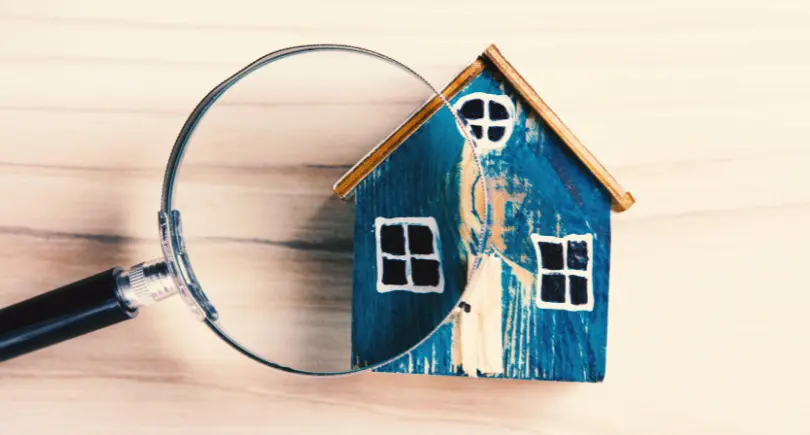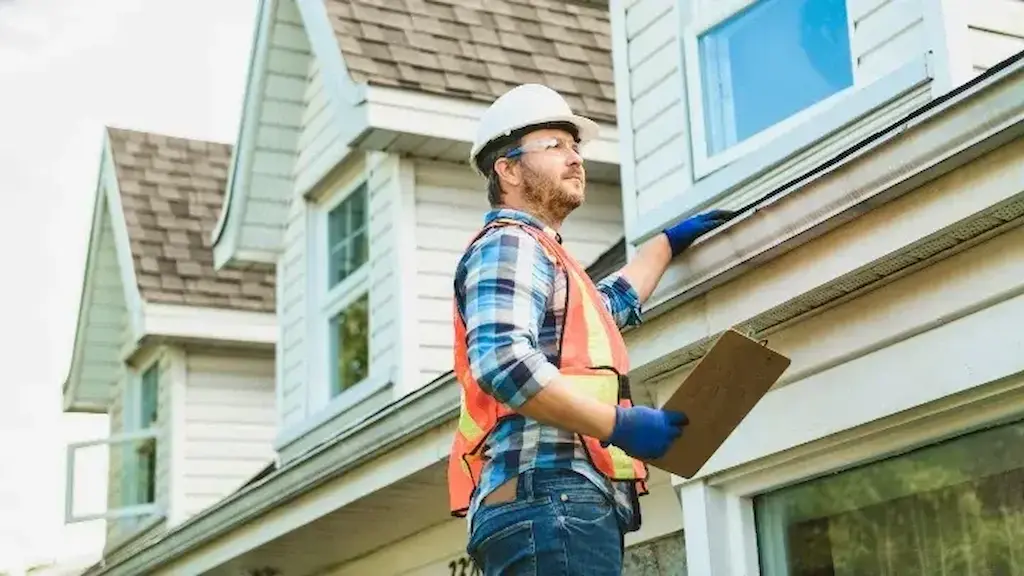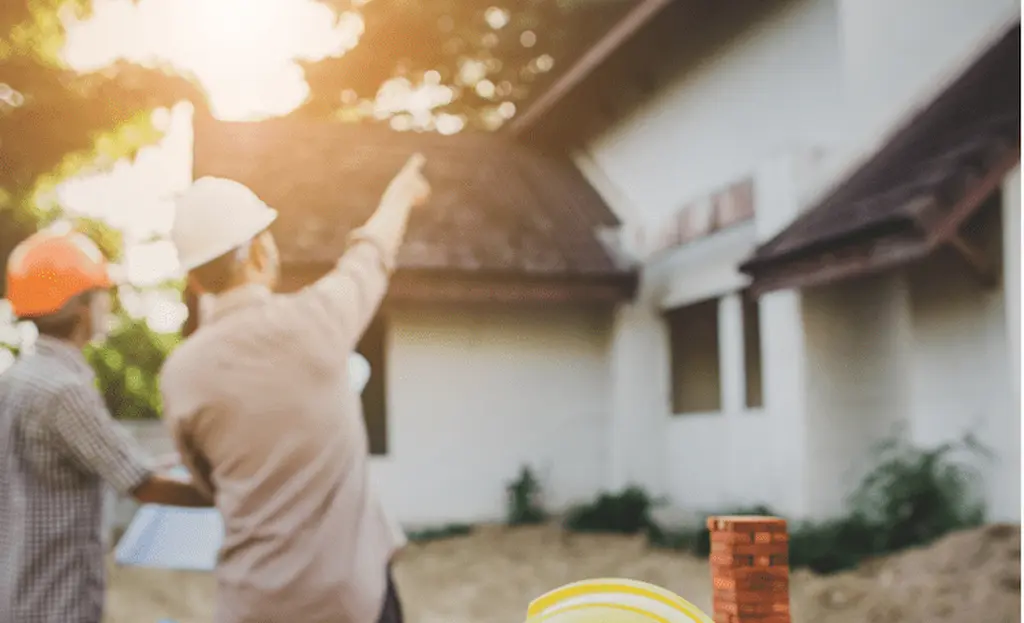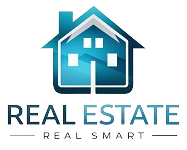The home inspection industry faces unique risks. A missed structural issue or accidental property damage can lead to costly lawsuits. Having the right home inspector insurance ensures financial protection, compliance with state laws, and peace of mind. This guide explains coverage options, costs, requirements, and how to choose the best policy for your business.

Content
What is Home Inspector Insurance?
Home inspector insurance is a specialized form of coverage designed for professionals in the home inspection industry. It safeguards against claims of negligence, professional mistakes, and third-party injuries or damages.
Two primary types dominate this field: general liability insurance and errors & omissions (E&O) insurance. While general liability covers accidents or property damage during inspections, E&O insurance protects against professional errors that lead to client losses. Without these, a single claim could jeopardize your business’s financial stability.
Types of Home Inspector Insurance Coverage

General Liability Insurance
General liability insurance covers bodily injuries and property damage caused during an inspection. For example, if you accidentally damage a homeowner’s property, this policy covers repair or replacement costs. It’s the foundation of most inspection businesses’ risk management.
Errors & Omissions (E&O) Insurance
E&O insurance for home inspectors is critical. It covers claims of professional negligence, overlooked defects, or inaccurate reports. Many states mandate E&O coverage before granting an inspector’s license. Without it, you could face lawsuits for missed inspection details.
Workers’ Compensation Insurance
If you employ staff, workers’ compensation insurance is essential. It covers medical bills and lost wages if an employee is injured while performing inspections.
Commercial Auto Insurance
For inspectors who drive to job sites, commercial auto insurance provides protection in case of accidents involving company vehicles.
Additional Coverage Options
Some inspectors also invest in tools and equipment coverage to protect against loss or theft. Cyber liability insurance is becoming more relevant for businesses storing sensitive client data.
Cost of Home Inspector Insurance
The home inspector insurance cost varies depending on coverage limits, location, claims history, and business size. On average, a solo inspector might pay $500–$1,000 annually for a combined general liability and E&O policy.
Larger inspection companies may face costs exceeding $2,000 annually due to higher coverage needs and employee factors. Bundling policies—such as combining general liability with E&O insurance—can often reduce total premiums.
Home Inspector Insurance Requirements by State
Insurance requirements for home inspectors differ by state. For instance, Florida mandates a minimum E&O insurance policy for licensing, while Texas requires both general liability and E&O insurance.
Failing to meet state requirements can result in license suspension or fines. It’s vital to review your state’s regulations and ensure you maintain continuous coverage to remain compliant.
How to Choose the Right Home Inspector Insurance Policy

Assess Your Risks
Consider the number of inspections you perform, the property types, and the potential financial impact of claims.
Compare Multiple Quotes
Use insurance brokers or online marketplaces to evaluate costs, coverage options, and insurer reputations.
Check Insurer Reputation
Choose providers with strong financial ratings and a track record of fast, fair claims handling.
Understand Policy Exclusions
Read the fine print to identify exclusions and purchase additional coverage if needed.
Tips for Reducing Insurance Premiums
- Implement documented risk management practices.
- Maintain a clean claims history by following thorough inspection protocols.
- Bundle multiple policies with the same provider.
- Complete continuing education or industry certifications to qualify for discounts.
Conclusion
The right home inspector insurance isn’t just a legal requirement in many states—it’s a crucial safeguard for your business. By combining general liability insurance and E&O coverage, you protect against both accidental damages and professional mistakes. Evaluate your risks, compare reputable providers, and stay compliant with state requirements to ensure long-term business success.
Home Inspector Insurance is essential for professionals who want to protect their business from liability risks, unexpected claims, and financial losses. Whether you’re inspecting residential or commercial properties, having the right coverage ensures peace of mind and credibility with clients. If you’re in the home services industry and want to reach a broader audience, you can also boost visibility and grow your business when you choose to Advertise With Us.
FAQ
Do home inspectors need E&O insurance?
Yes. E&O insurance protects against professional mistakes and is often required for licensing.
What’s the difference between E&O and general liability insurance?
General liability covers accidents and property damage, while E&O covers professional errors and omissions.
How much is home inspector insurance per year?
Solo inspectors typically pay $500–$1,000 annually, while companies may pay $2,000 or more.
Is home inspector insurance required in all states?
Not all states require it, but many mandate E&O and/or general liability insurance.
Can I get home inspector insurance online?
Yes. Many insurers offer online quotes and policy management for convenience.

With a sharp eye for design and a passion for renovation, Samantha transforms fixer-uppers into dream homes. Her expertise in remodeling adds extra value to your real estate experience.












